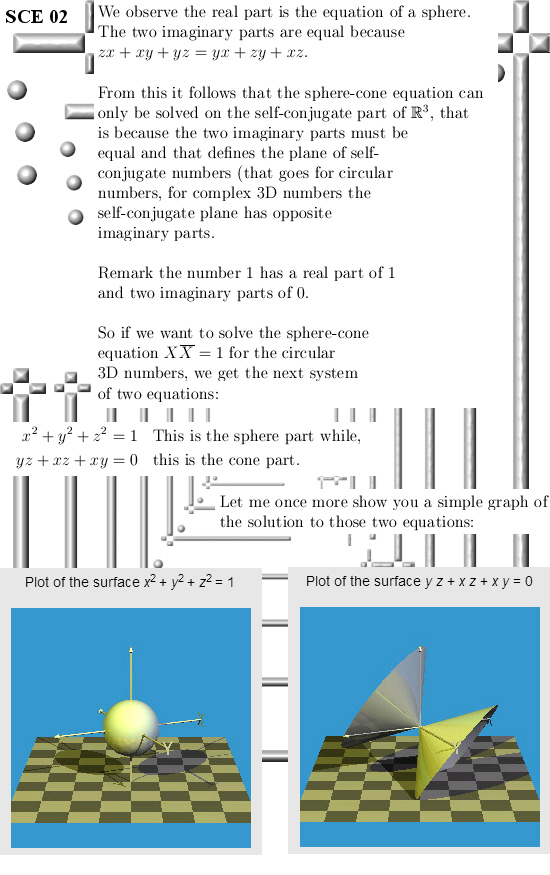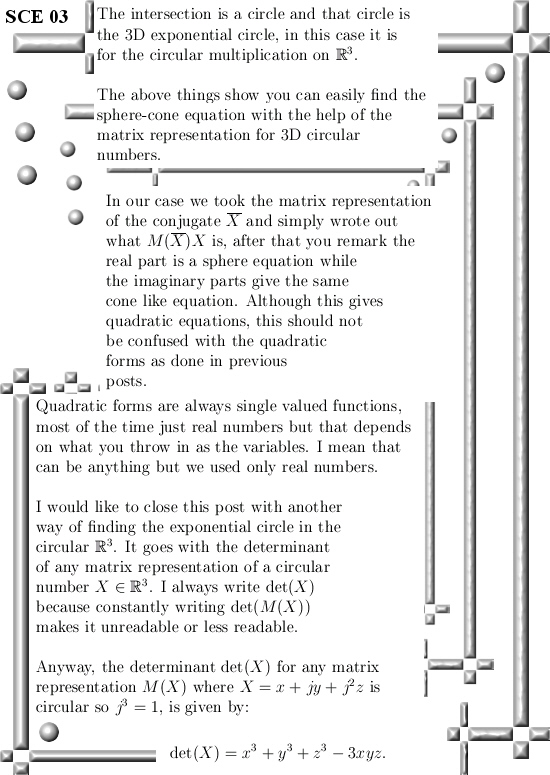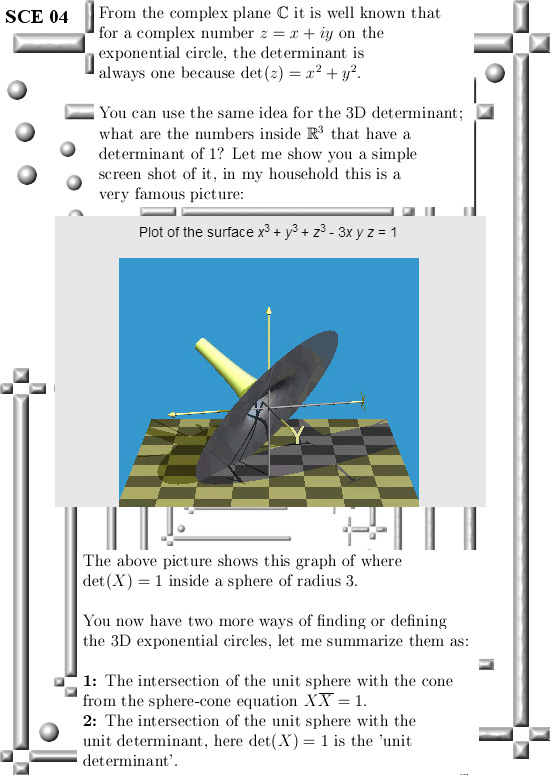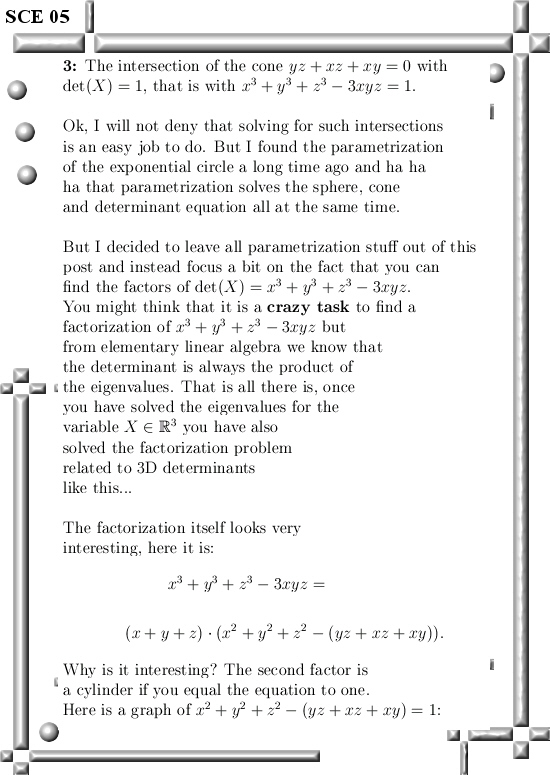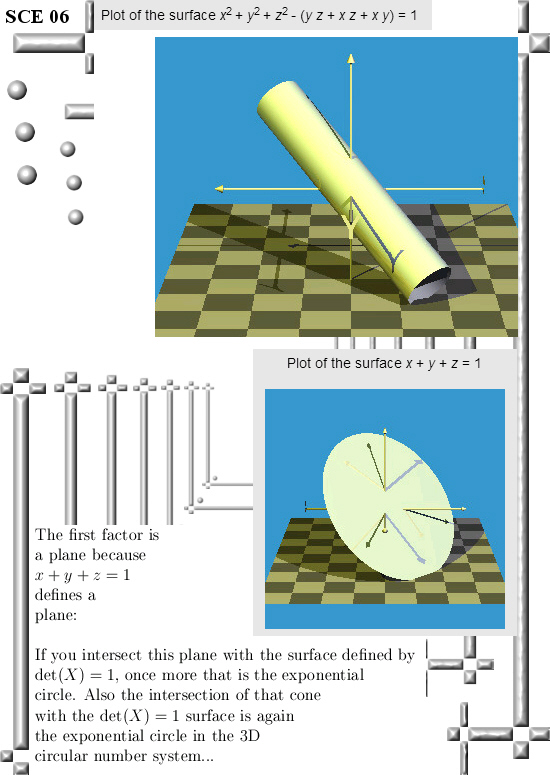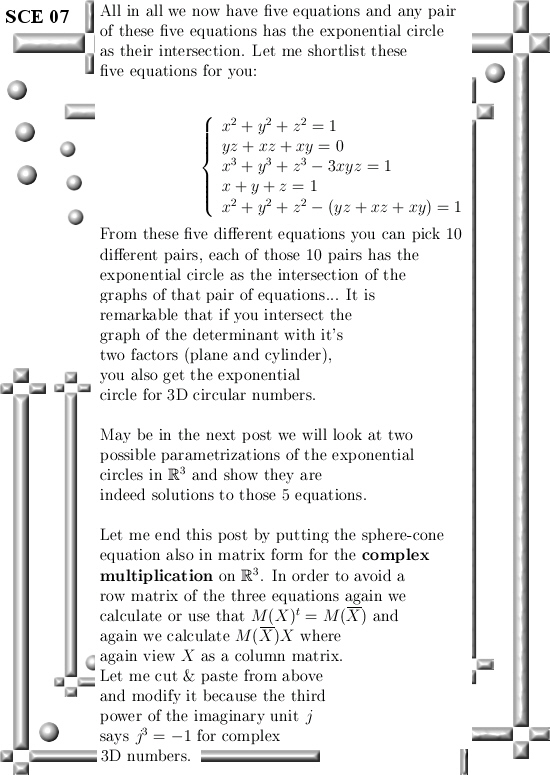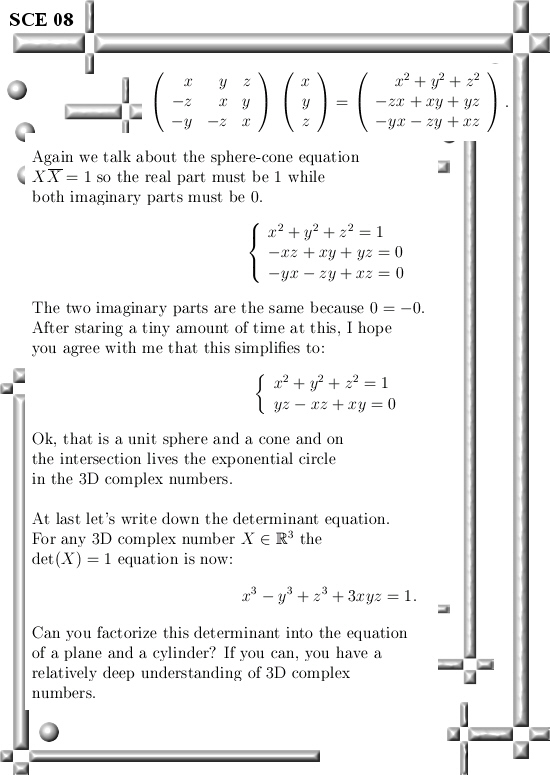After a lot of rainy days it was perfect weather today for the time of the year. It has been 3 weeks already since the last post and it is not that I have been doing nothing but the next post still isn’t finished. I told you that we would be looking at a parametrization that solves all 5 equations from the last post. So let me give you the parametrization in the teaser picture below. I also included the parametrization based on the modified Dirichlet kernels, by all standards the discovery of those modified kernels was one of the biggest discoveries in my study of higher dimensional number systems. To be precise: I found the first modified Dirichlet kernel years ago when I studied the 5D complex space.
In the last post I may have sounded a bit emotional but that is not the case. I am more or less one 100% through with the behavior of the so called math professors. They are incompetent to the bone and although that is not an emotional thing, it is that coward behavior that I do not like in those people. No, if it is highly overpaid, utterly incompetent and on top of that day in day out a coward, better show them the middle finger.
After having said that (I wasn’t expecting an invitation anyway) let’s look at the teaser picture because it is amazing stuff. I remember when I wrote down the parametrization for the very first time. At the time I did not know if the cosine thing would work because say for yourself: if you have a periodic function and you make two time lags of it, how likely is it they will form a flat circle in 3D space? But the cosine together with the two time lags does the trick because it is not hard to prove the parametrization lies in the plane with x + y + z = 1.
Ok, here is the cute parametrization for the 3D exponential circle:
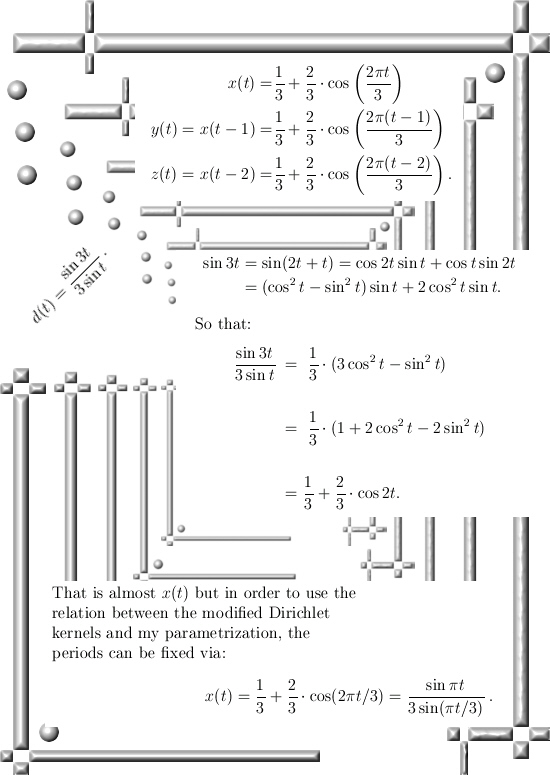
I think next week everything is ready so likely I can finally upload the next post. So thanks for your attention and till updates.

